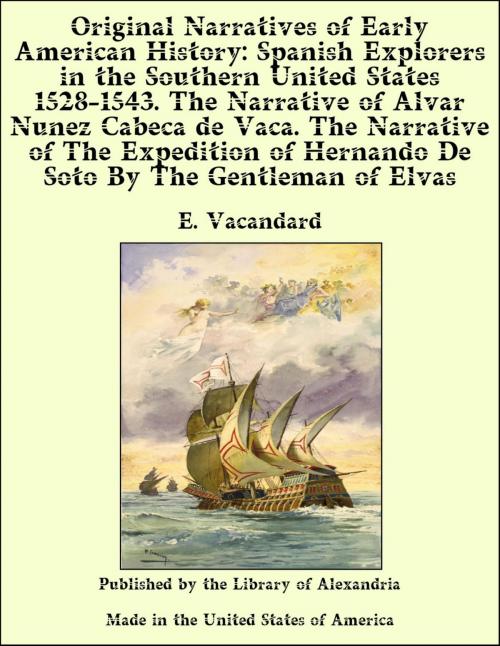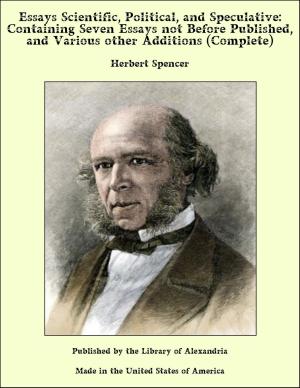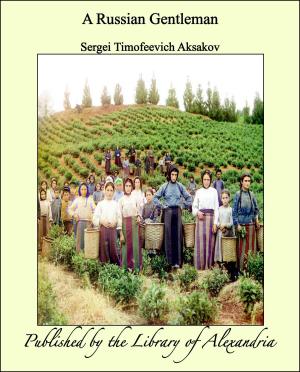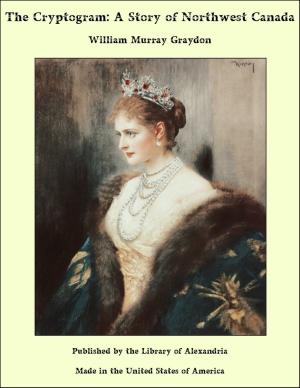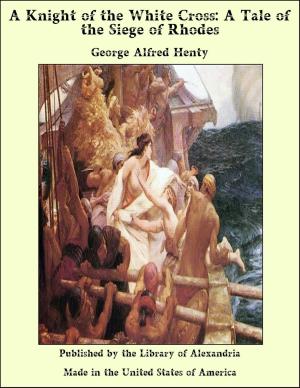Original Narratives of Early American History: Spanish Explorers in the Southern United States 1528-1543. The Narrative of Alvar Nunez Cabeca de Vaca. The Narrative of The Expedition of Hernando De Soto By The Gentleman of Elvas
Nonfiction, Religion & Spirituality, New Age, History, Fiction & Literature| Author: | E. Vacandard | ISBN: | 9781465581853 |
| Publisher: | Library of Alexandria | Publication: | July 29, 2009 |
| Imprint: | Library of Alexandria | Language: | English |
| Author: | E. Vacandard |
| ISBN: | 9781465581853 |
| Publisher: | Library of Alexandria |
| Publication: | July 29, 2009 |
| Imprint: | Library of Alexandria |
| Language: | English |
In some respects the journey of Alvar Nuñez Cabeza de Vaca and his three companions overland from coast to coast during the eight years from 1528 to 1536 is the most remarkable in the record of American exploration, and as a narrative of suffering and privation the relation here presented perhaps has no equal in the annals of the northern continent. The author of the narrative was a native of Jeréz de la Frontera, in the province of Cadiz, in southern Spain, but the date of his birth is not known. His father was Francisco de Vera, son of Pedro de Vera, conqueror of the Grand Canary in 1483; his mother, Teresa Cabeza de Vaca, who also was born in Jeréz. Why Alvar Nuñez assumed the matronymic is not known, unless it was with a sense of pride that he desired to perpetuate the name that had been bestowed by the King of Navarre on his maternal ancestor, a shepherd named Martin Alhaja, for guiding the army through a pass that he marked with the skull of a cow (cabeza de vaca, literally "cow's head"), thus leading the Spanish army to success in the battle of Las Navas de Tolosa, in July, 1212, which led up to the final conquest of the Moors in Spain.
In some respects the journey of Alvar Nuñez Cabeza de Vaca and his three companions overland from coast to coast during the eight years from 1528 to 1536 is the most remarkable in the record of American exploration, and as a narrative of suffering and privation the relation here presented perhaps has no equal in the annals of the northern continent. The author of the narrative was a native of Jeréz de la Frontera, in the province of Cadiz, in southern Spain, but the date of his birth is not known. His father was Francisco de Vera, son of Pedro de Vera, conqueror of the Grand Canary in 1483; his mother, Teresa Cabeza de Vaca, who also was born in Jeréz. Why Alvar Nuñez assumed the matronymic is not known, unless it was with a sense of pride that he desired to perpetuate the name that had been bestowed by the King of Navarre on his maternal ancestor, a shepherd named Martin Alhaja, for guiding the army through a pass that he marked with the skull of a cow (cabeza de vaca, literally "cow's head"), thus leading the Spanish army to success in the battle of Las Navas de Tolosa, in July, 1212, which led up to the final conquest of the Moors in Spain.
